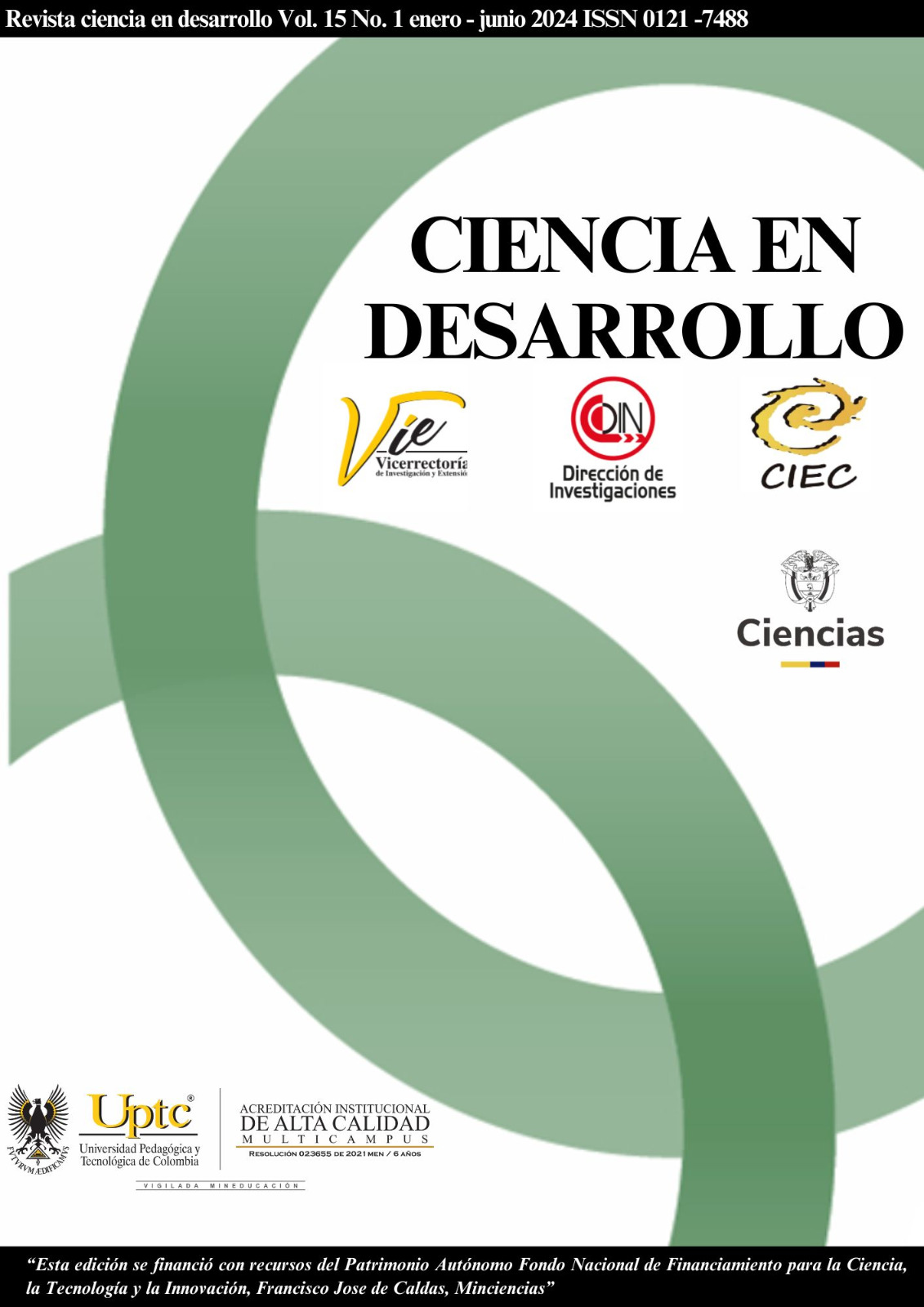Application of the Two-sided difference quotient in the solution of nonlinear Ill-posed inverse self-adjoint elliptic problem

Abstract
When we use a discretization by finite differences, to solve differential equations we find problems at the border of the domain of the solution. If the solution is also immersed in a ill-posed inverse problem; we can find very bad solutions. In this paper we apply a discretization of two - sided difference quotients method to solve Ill-posed inverse self-adjoint elliptic problem [Kirsch(2011)]. Some numerical examples showing the effectiveness of this method and we will use mollification techniques to smooth the solutions.
Keywords
Inverse problems, regularization methods, elliptic equations, ill-posed problems, mollification methods.
References
- Kirsch, Andreas, An introduction to the mathematical theory of inverse problems,Springer: New York, NY
- [u.a.] 2011.
- Hinestroza, Doris and Murio, Diego A., Identification of transmissivity coefficients by mollification techniques.
- Part I: one-dimensional elliptic and parabolic problems. Elsevier: Computers & Mathematics with
- Applications 1993, 25(8), 59–79.
- Engl, Heinz Werner and Hanke, Martin and Neubauer, Andreas., Regularization of inverse problems; Springer:
- Science & Business Media 1996.
- Hinestroza G., Doris and Murio, Diego A. and Zhan, S., Regularization techniques for nonlinear problems.
- Computers &; Mathematics with Applications 1999, 37(10), 145–159.
- Hinestroza G., Doris and Peralta, Jenifer and Olivar, Luis Eduardo, Regularization algorithm within two
- parameters for the identification of the heat conduction coefficient in the parabolic equation. Mathematical and
- Computer Modelling 2013, 57, 1990–1998.Mathematical and Computer Modelling 2013, 57, 1990– 1998.